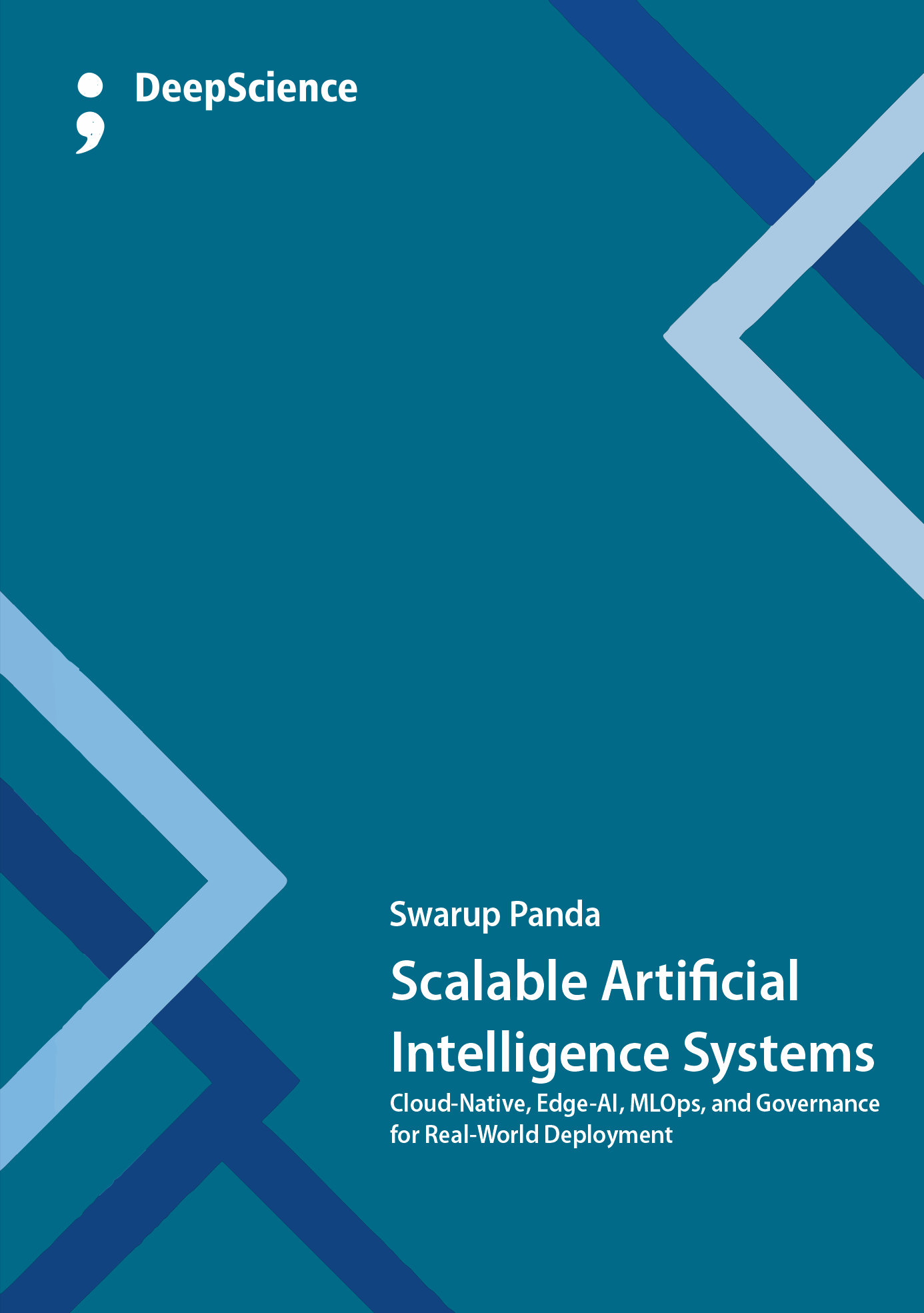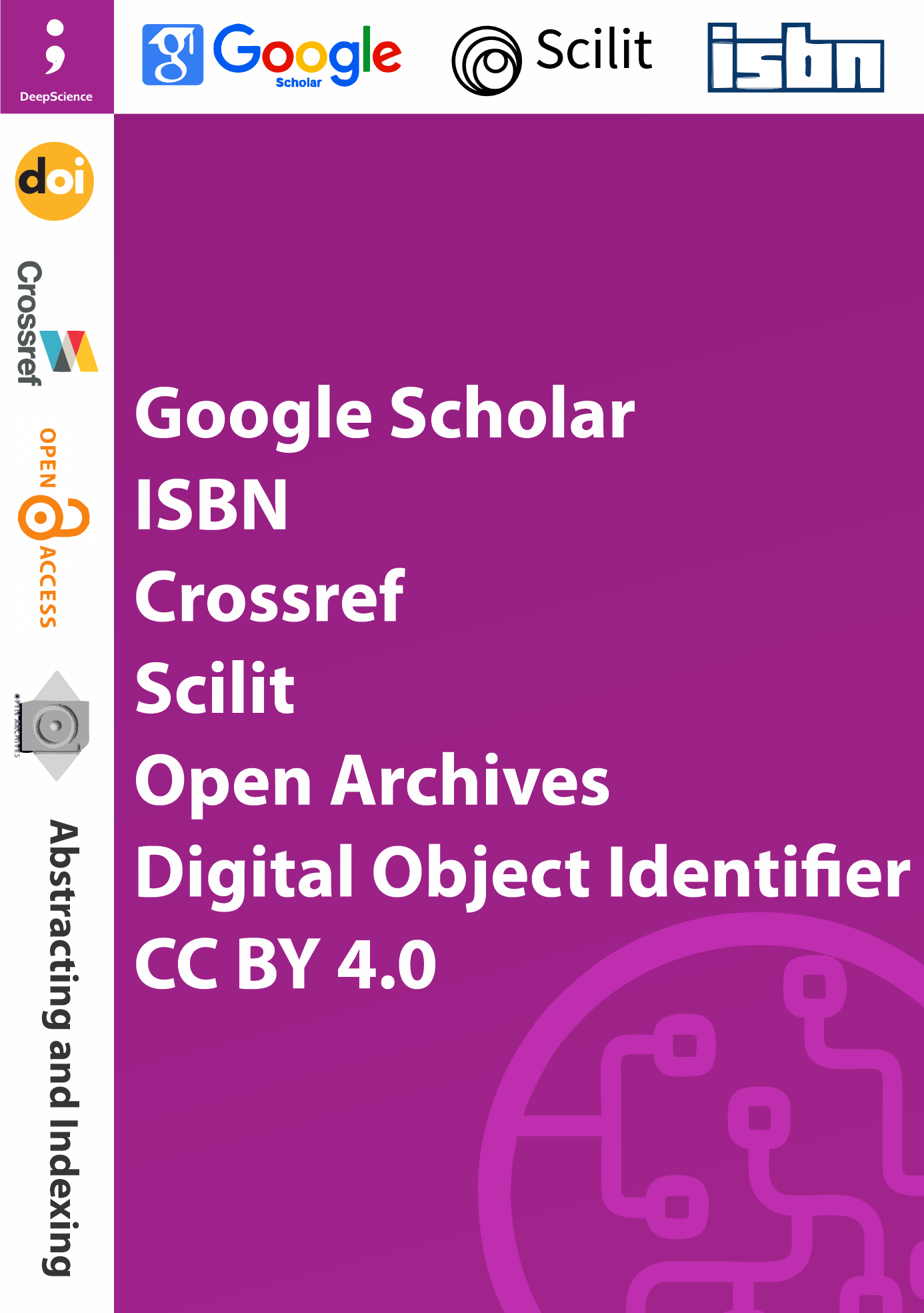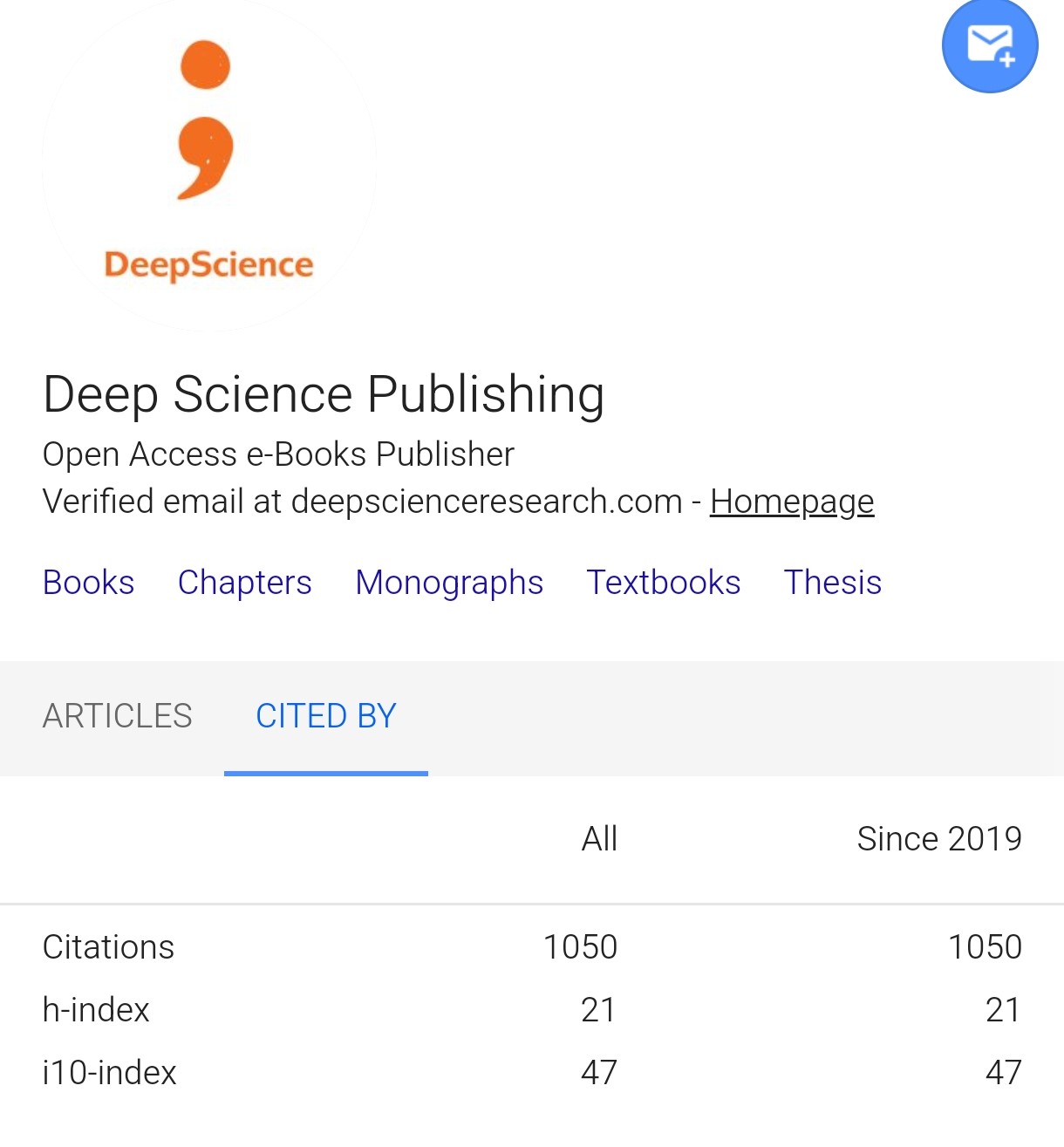Scalable artificial intelligence architectures: Cloud-native, edge-AI, and hybrid models
Synopsis
Artificial Intelligence (AI) and Machine Learning (ML) have matured over the past two decades as decision-making technologies for systems and processes in varied domains [1-3]. AI and ML solutions are increasingly being moved from on-premises deployments to the Cloud, for multiple logical and practical reasons related to business agility, economical operations, performance at scale, availability, and security [2,4]. With the advent of the Internet of Things (IoT) and the increasing use of embedded or device-level intelligence for real-time decision-making and information filtering, there is a recent movement to define solutions that blend the Cloud with Edge devices. The goal is to leverage the benefits of both Cloud and Edge in a Hybrid architecture to solve specific business problems. From a research and education perspective, there are key questions that await answers: what is Cloud-Native AI Architectures? What is Cloud + Edge - AI Architectures? What are Hybrid Models? How do we design, code, test, deploy, and manage lifecycle for Cloud-native, Edge-AI, and Hybrid Models? What types of business problems are best solved using one of these architectures, and how do I know? What AI models work best in these environments? How do I put in Cloud, Edge, and Hybrid deployment best practices? To operationalize and automate these questions, what tools, techniques, and platforms do we need? This book attempts to answer these questions in its humble way, while remaining technology-agnostic wherever possible. The book takes the position that we will never be able to automate everything into a no-code AI solution [5-8]. We remain cognizant of the fact that building, deploying, and managing scalable AI solutions in Production is a challenging task that requires teamwork from multiple shared, but cross-skilled resources in Solution design, coding, testing, deployment, and management as part of a SLDC process involving tools and techniques from Software Engineering, DevSecOps, and MLOps.













